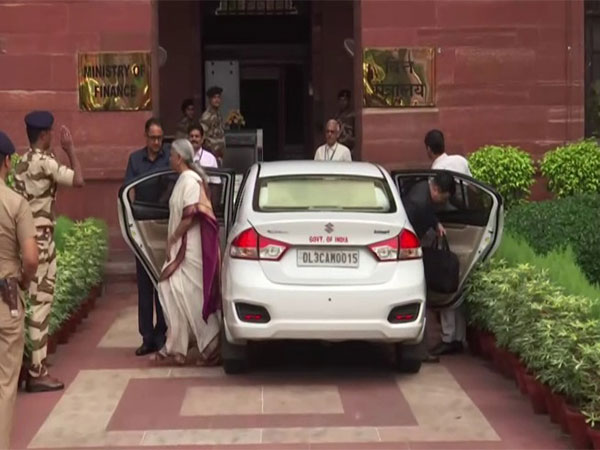Nirmala Sitharaman to Present Historic Seventh Union Budget
Finance Minister Nirmala Sitharaman arrived at the Ministry of Finance ahead of presenting the Union Budget 2024, surpassing Moraji Desai's record of six consecutive budgets. The budget focuses on income tax amendments and ease of doing business. The economic survey projects a 7% growth rate for India's economy.

- Country:
- India
Finance Minister Nirmala Sitharaman made her way to the Ministry of Finance on Tuesday morning, ahead of the highly anticipated Union Budget 2024 presentation. Donning a white saree with a violet border, Sitharaman's arrival marked a historic moment as she prepares to present her seventh consecutive budget, breaking the record previously held by the late Moraji Desai.
Sitharaman's presentation is expected to focus on significant changes in the income tax structure and initiatives to improve the ease of doing business in India. On Monday, she tabled the Economic Survey 2023-24 along with the statistical appendix. This survey projected a medium-term growth rate of 7% for the Indian economy, contingent on continuing structural reforms.
The Finance Minister's arrival was preceded by Minister of State for Finance Pankaj Chaudhary and Chief Economic Advisor V Anantha Nageswaran. Speaking to the media, Chaudhary emphasized that the budget would align with Prime Minister Modi's vision of inclusive growth, encapsulated in the slogan 'Sabka Saath Sabka Vikas.'
Sitharaman will present the estimated government receipts and expenditures for the fiscal year 2024-25 in both English and Hindi in the Rajya Sabha. The current budget session of Parliament, which began on July 22, is slated to conclude on August 12.
The Economic Survey highlighted several global and domestic factors influencing India's growth trajectory, including geo-economic fragmentation, the push for self-reliance, climate change, technological advances, and limited policy space. It underscored the need for 'bottom-up reforms' and improved governance to ensure sustainable, balanced, and inclusive growth.
Termed 'Amrit Kaal,' the medium-term growth strategy focuses on six critical areas. These include enhancing private investment, supporting the growth of MSMEs, recognizing agriculture as a future growth engine, securing green transition financing, bridging the education-employment gap, and strengthening state capacity and capability.
(With inputs from agencies.)










